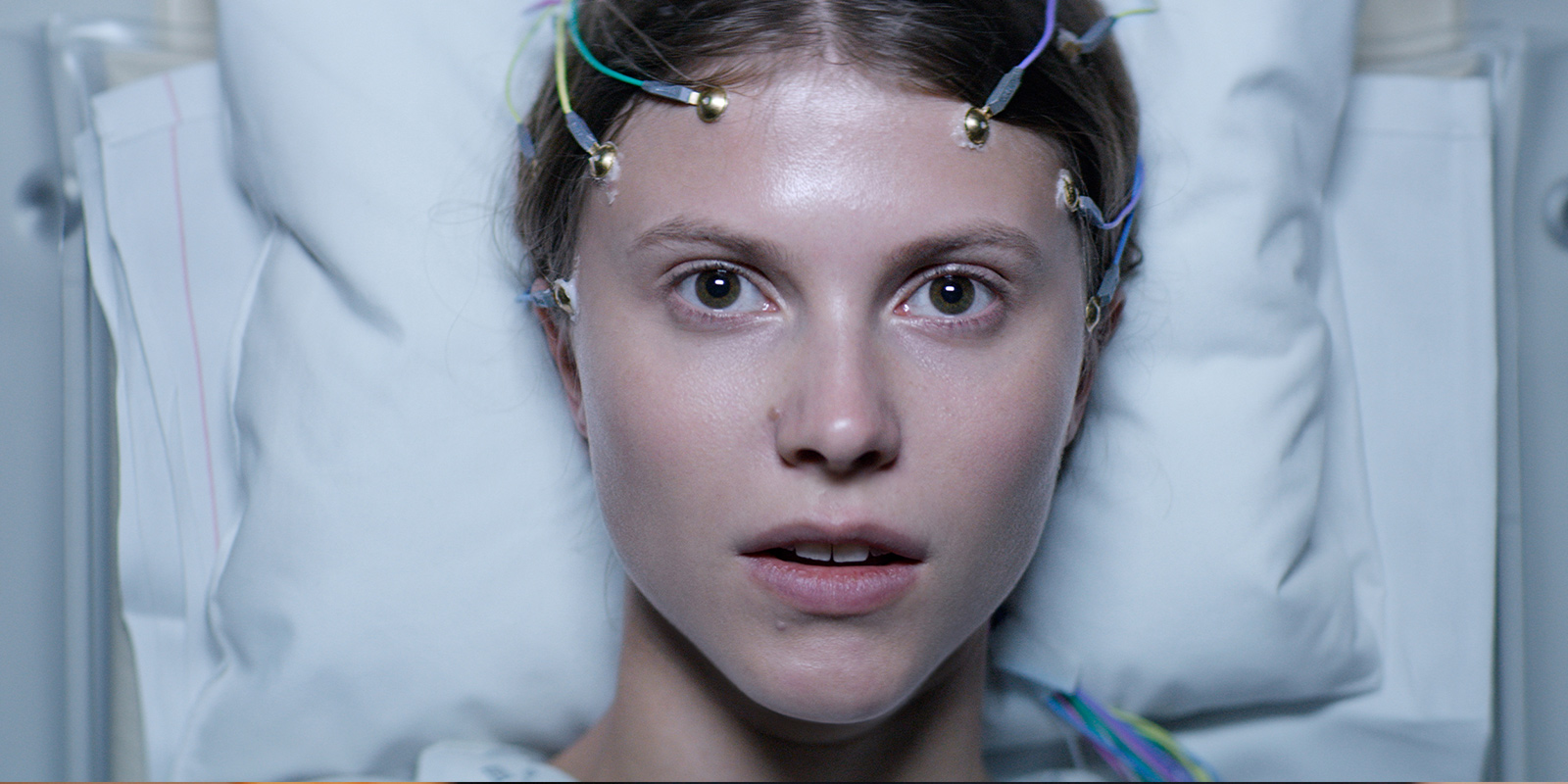A truly sinister scene opens Thelma, the fourth film by Norwegian director Joachim Trier, setting the tone for two fascinating hours that follow.
A father and his young daughter (who we later learn is Thelma) walk across a frozen lake, laden with hunting equipment. The father is detached and impatient; engaging only briefly with his daughter. Once across the lake, they spot a deer. The characters freeze, and Thelma stands rigid, a few paces ahead of her father. The gun, originally pointed at the deer, is now aimed at the back of Thelma’s head. It’s an anxiety-ridden moment: the characters silent and tensions high. Already the score is thunderous and cruel. It’s the first taste of a deep droning that typifies the most frightening scenes in the film. But the gun is lowered, the deer springs away, and Thelma lives. She has no idea how close her life was to its end.
It’s a horrifying scene, but a fitting one to start Thelma’s deep exploration of good versus evil. It’s a film in which reality is bent and challenged, and the imagination indulged.
From this harrowing opening scene, we fast forward to Thelma at college. Her “Diehard Christian” upbringing, as one student calls it, is a source of both interest and ridicule. Thelma’s parents call often and are protective. It would be harmless, if you could forget the cold-blooded man from the film’s opening minutes.
Thelma’s seizures start, triggered by feelings of lust and affection for a female student. The seizures continue, each one a sort of punishment for the pursuit of something forbidden. The seizures are powerful, altering people, spaces and relationships. They have the capacity to spread good, but also to create catastrophe. It’s hard to tell if Thelma is in control. The lights and effects that accompany her seizures on screen are actually seizure-inducing for the audience. It’s one of many tools Trier uses to immerse the audience in the experiences of the characters, intensifying the narrative as he goes.
Throughout, the score lives on a knife’s edge, able to slip from habitual into terrifying at any moment. A record player spins a pop song that circles into something mad and consuming, and the dance music at a nightclub quickly thickens into a demonic and oppressive trance.
The whole film is a sensory experience; a visual and visceral test. It is at times, chilling. Your skin crawls as a moment of sexual exploration morphs into a snake choking Thelma. Your stomach sinks as a pool gives way to an abyss: never-ending, inescapable darkness and isolation.
Traditional symbols of good and evil, love and hate, sexuality and abstinence are blurred. The movie’s themes overlap too, with elements of mystery, love story, horror and sci-fi enmeshed into something at times challenging, but always entrancing.
Thelma is intense for the senses, sometimes warped and unclear, but above all is a film that demands empathy. Sometimes it’s hard to know which character needs it most. That’s the film’s charm. The characters are all flawed, yet for the most part, all deserving of mercy and redemption too. In Thelma, we’re called upon to reflect on our own morality, our identity and the frightening cost of hubris.


